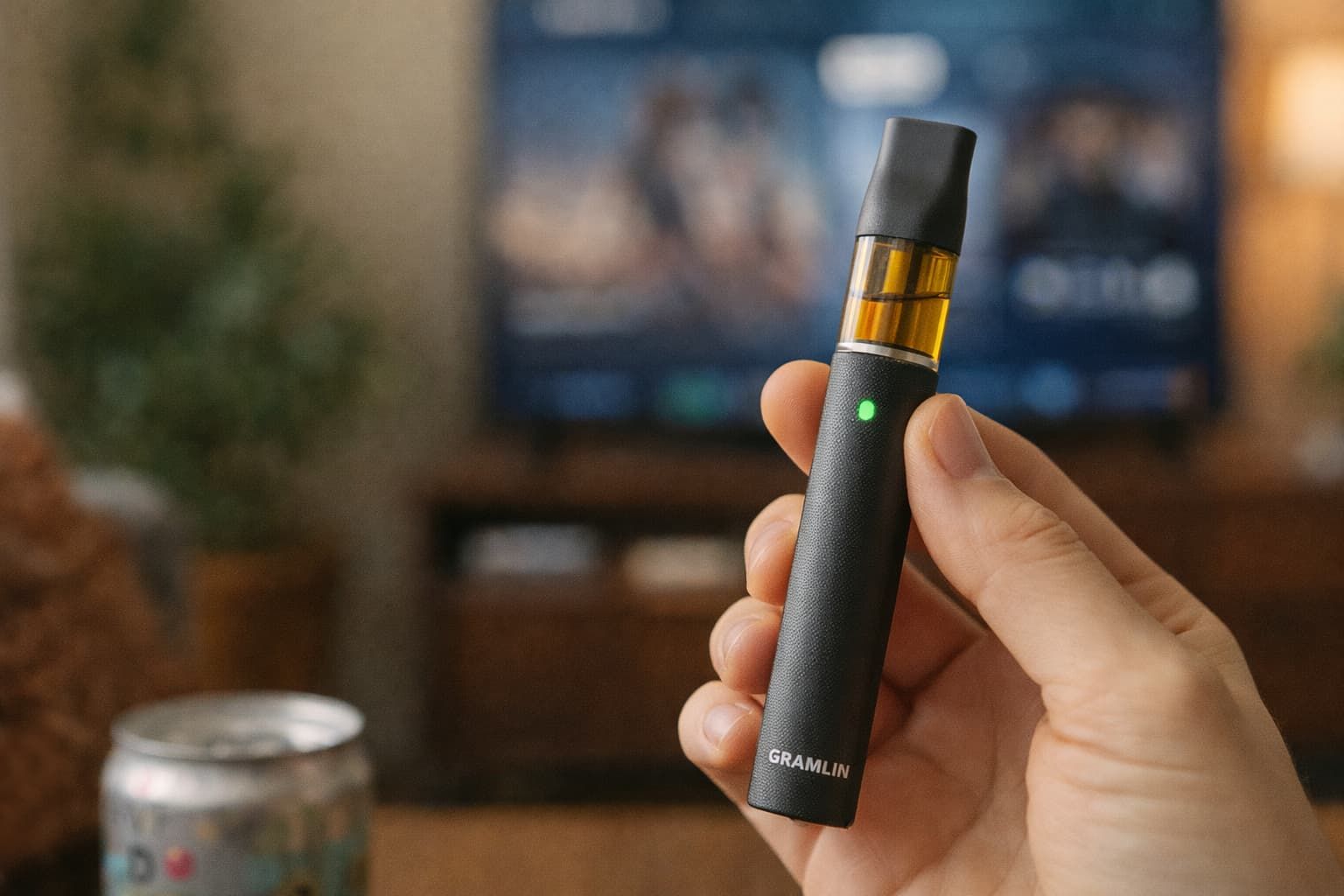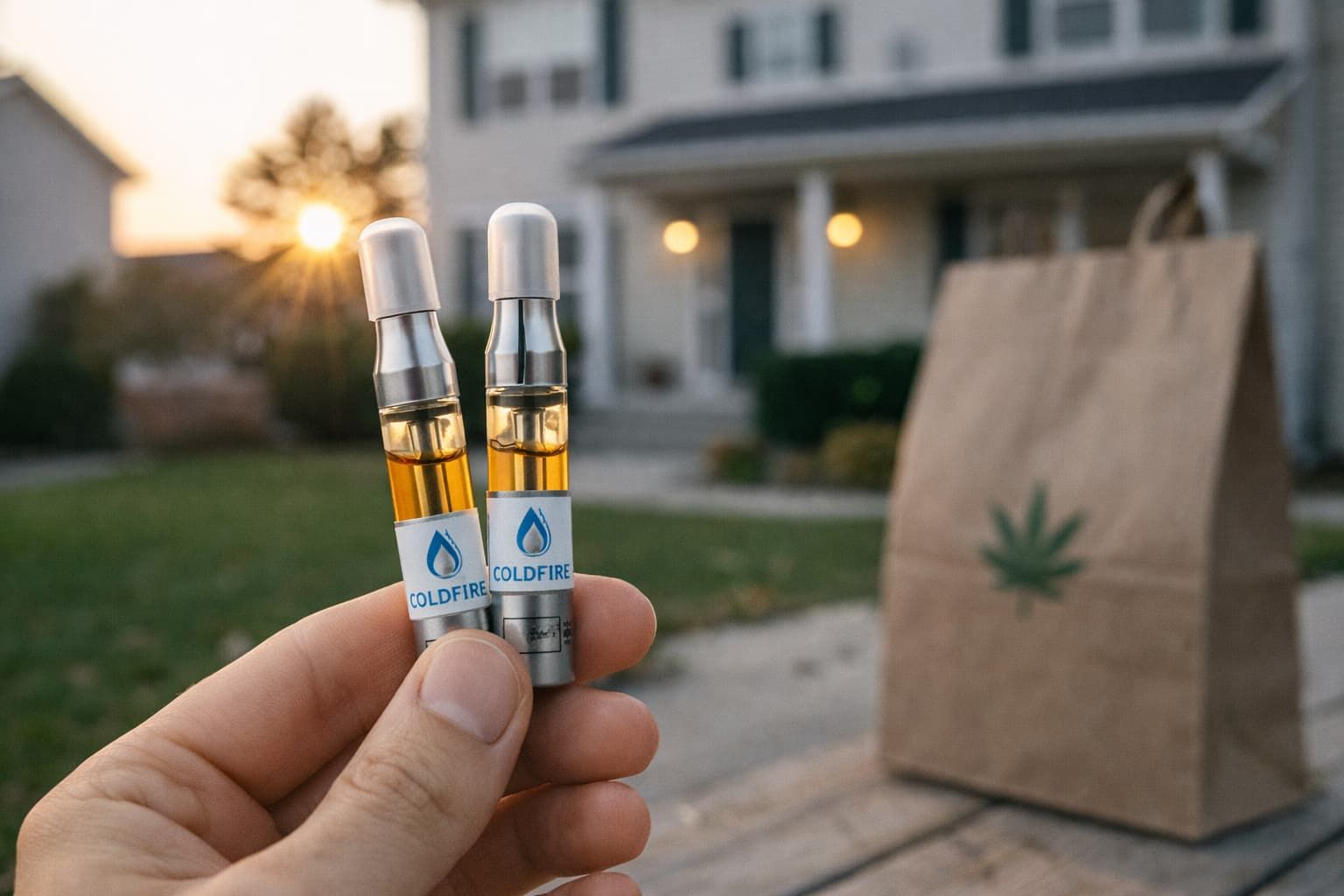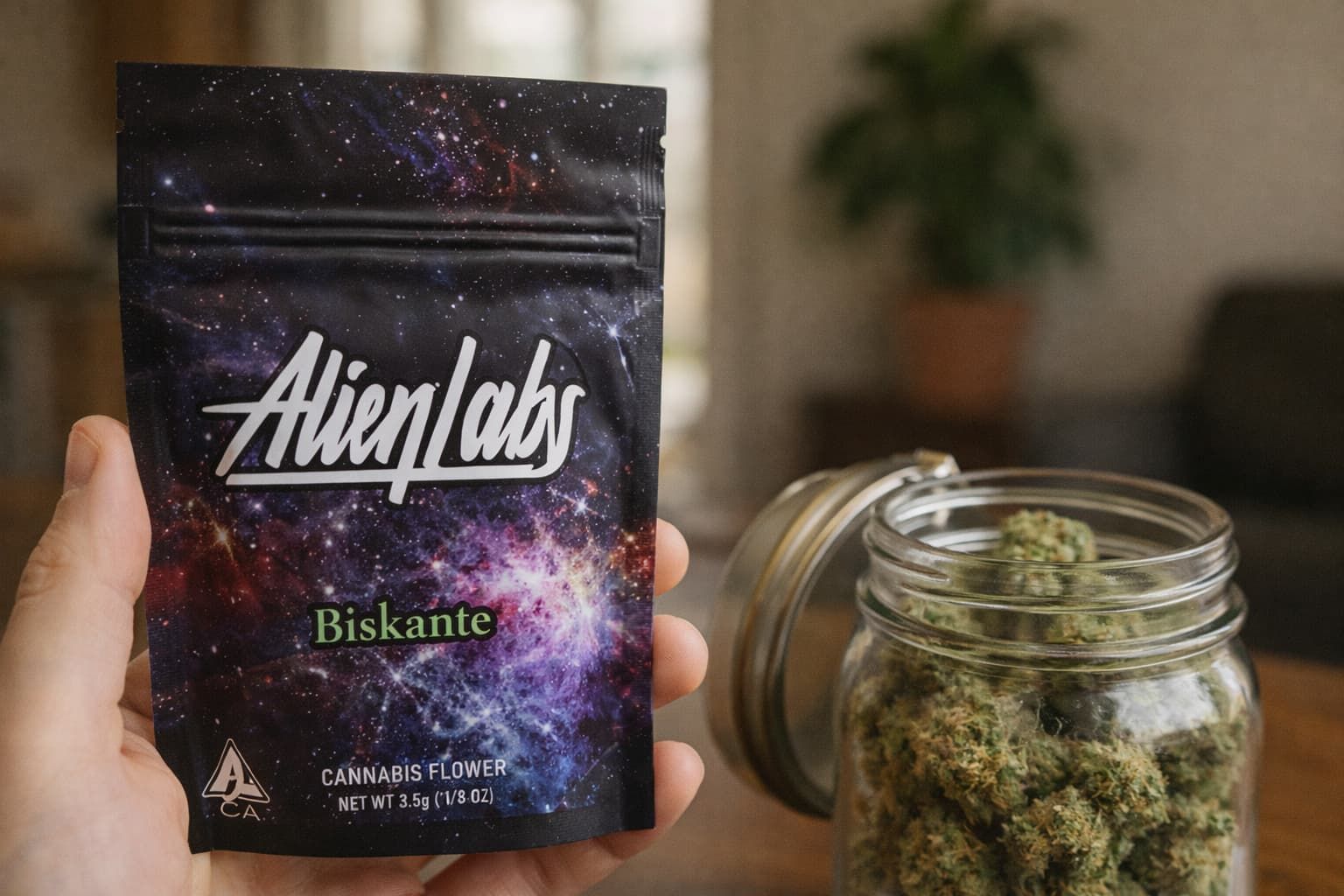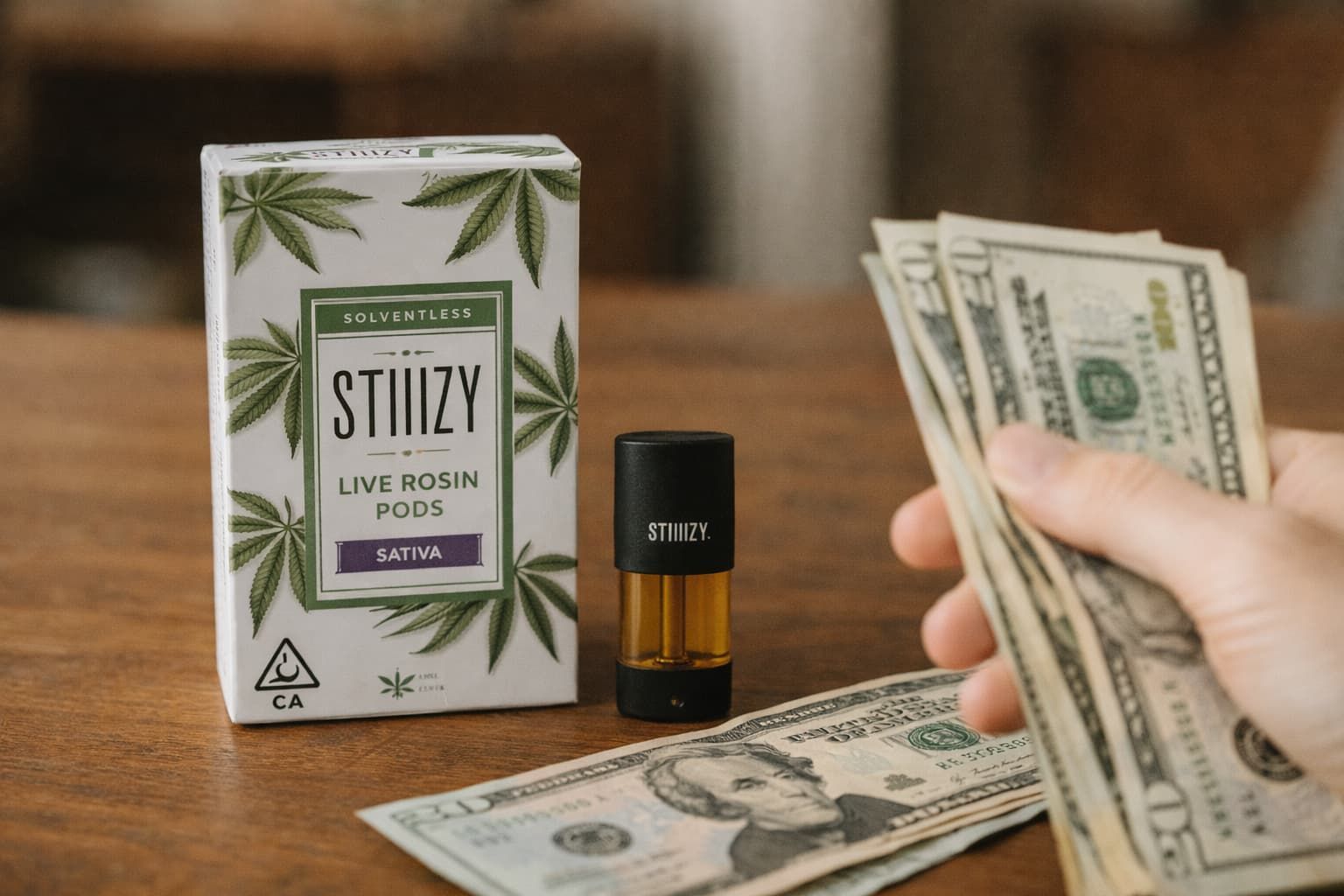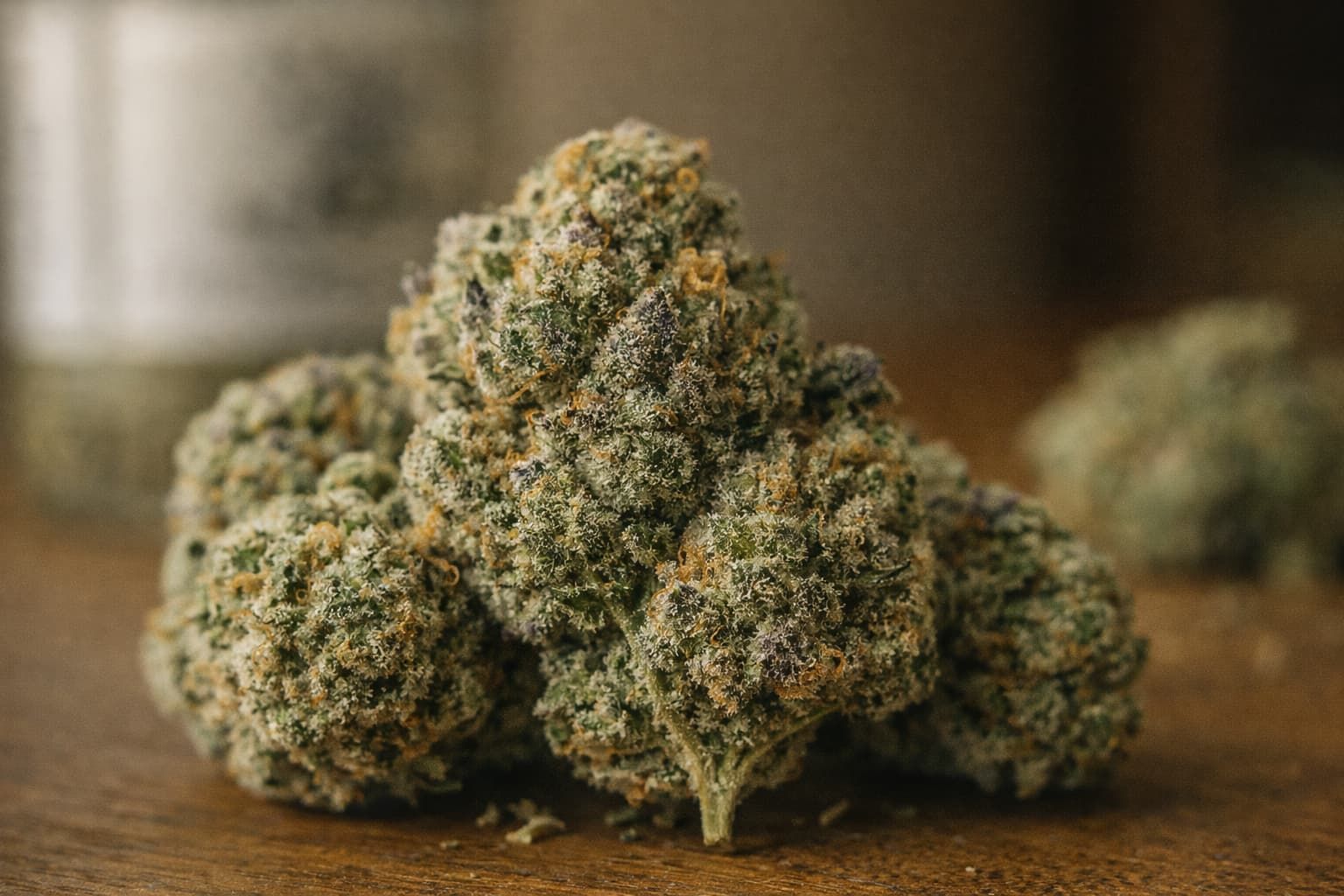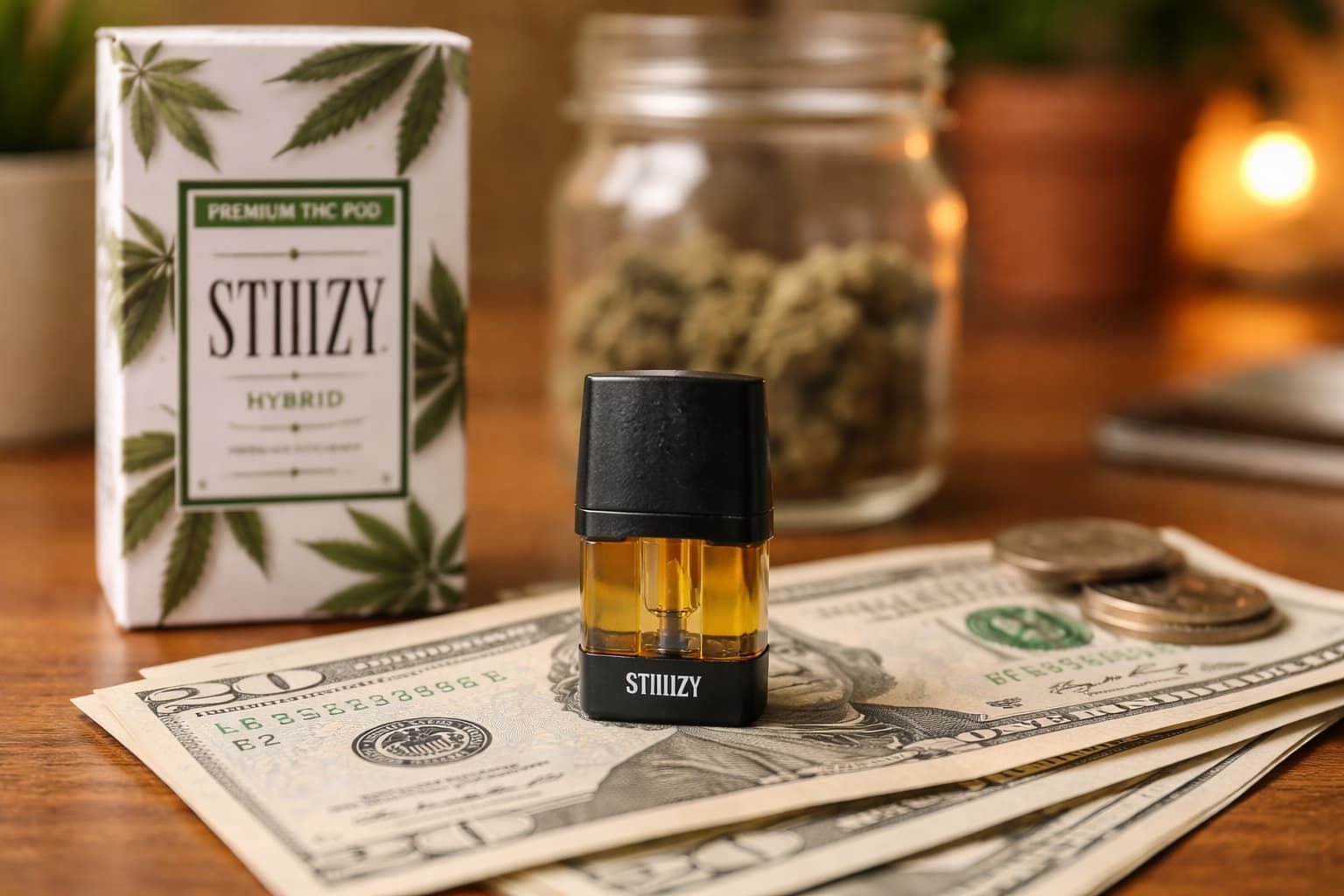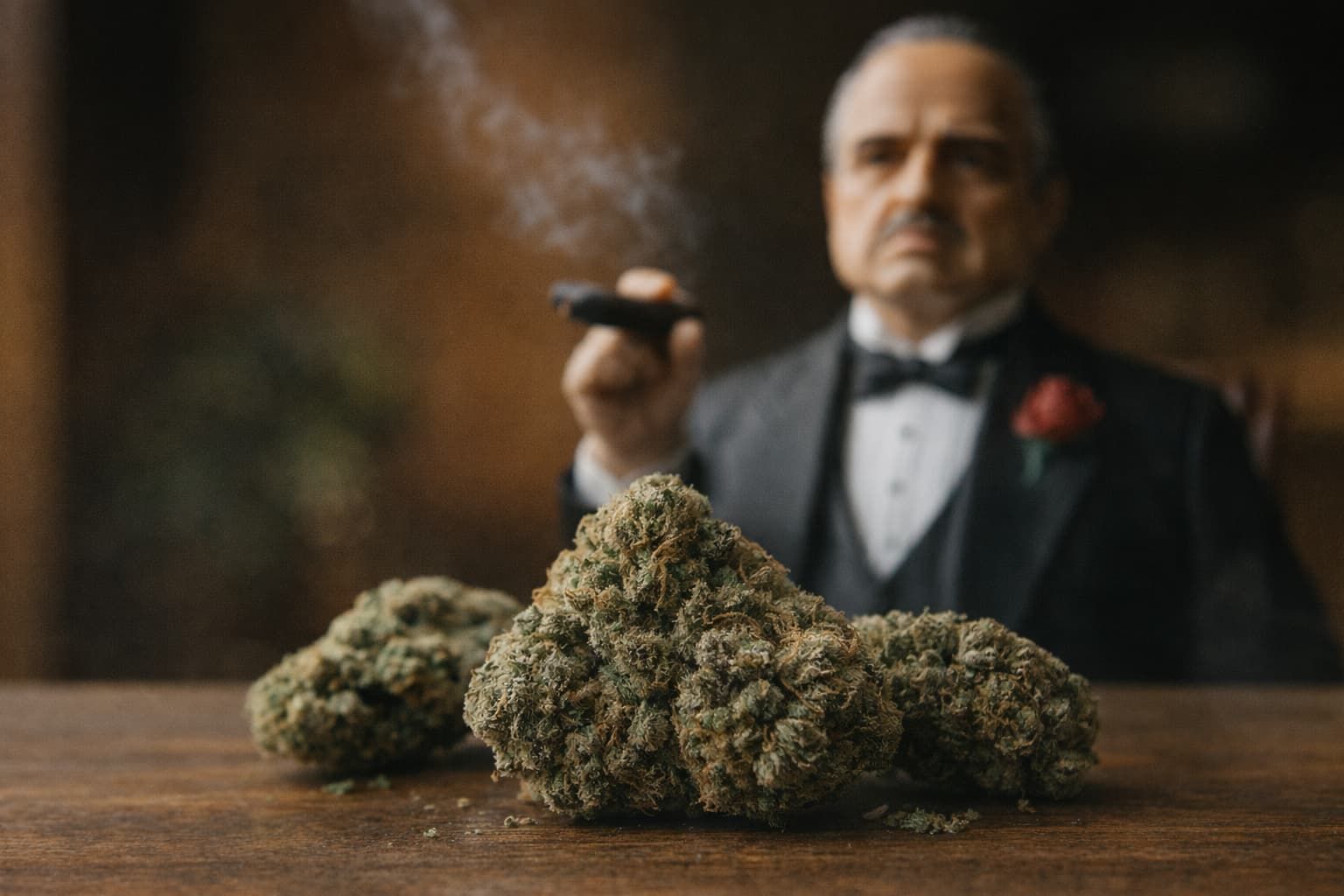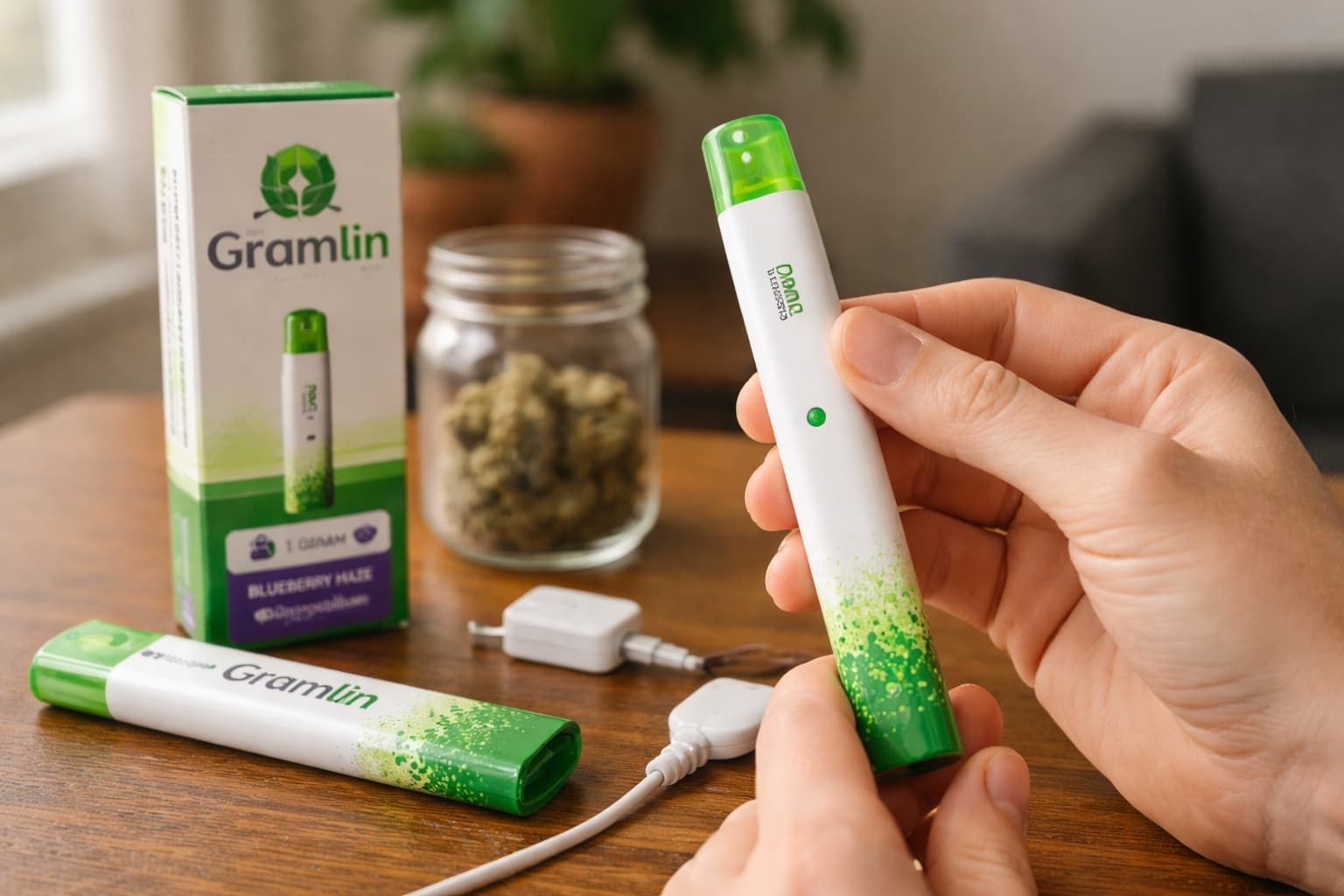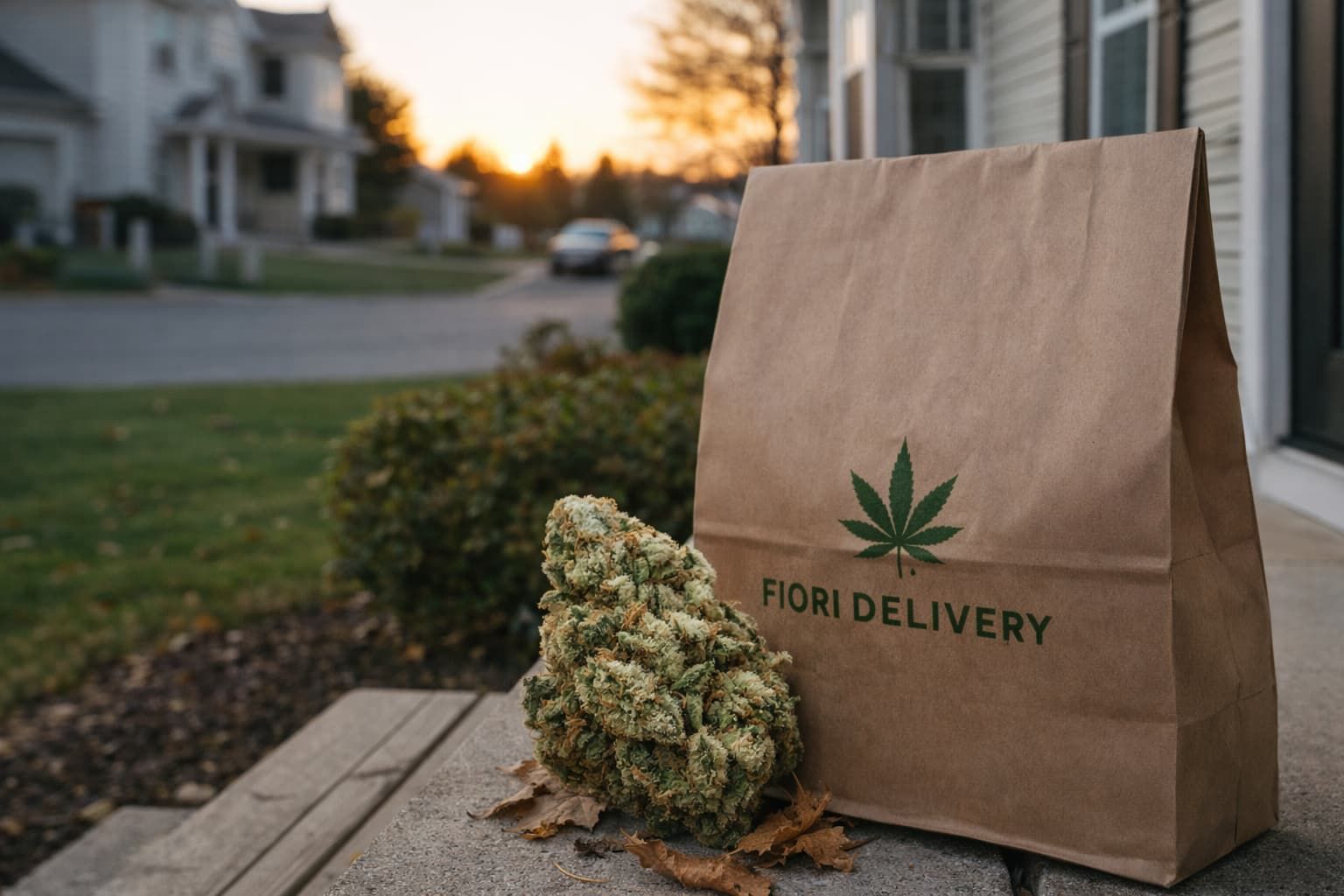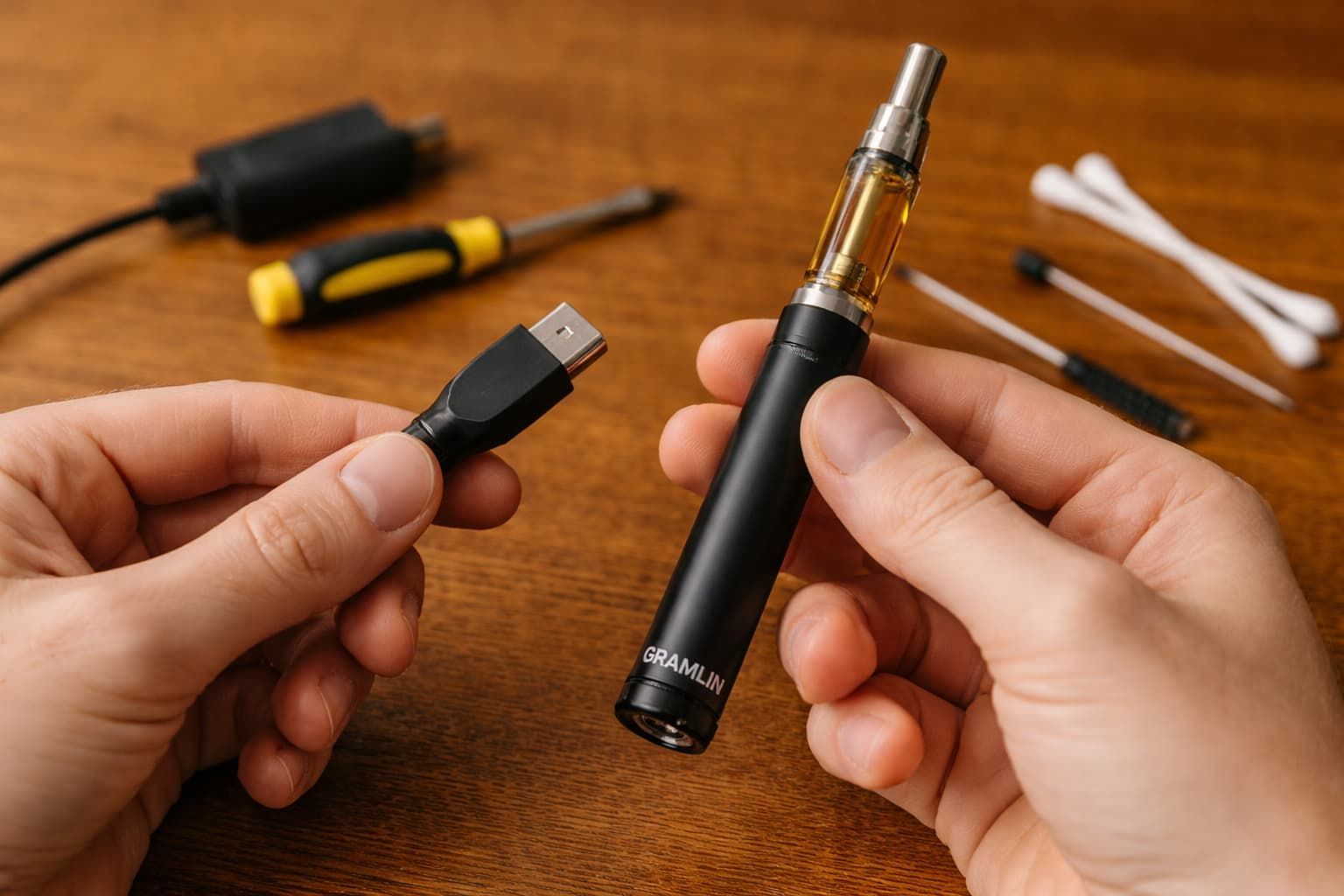Don't forget to return to your survey
and get your discount!
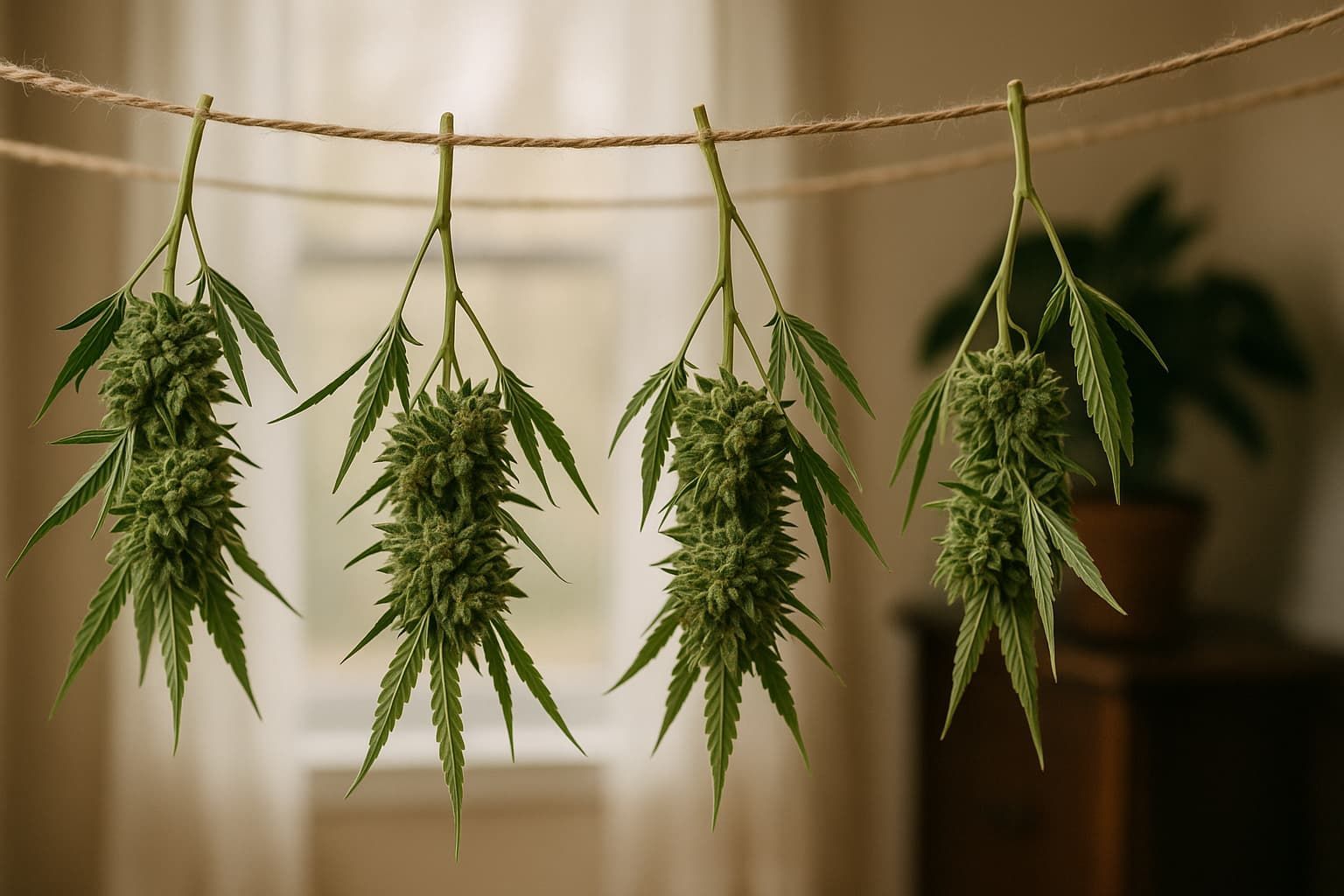
Knowing how long to dry cannabis can make the difference between a smooth, flavorful smoke and a harsh, disappointing one. Drying might seem like a simple step after harvest, but it’s actually one of the most critical parts of the cultivation process.
Get it right, and your buds retain their aroma, potency, and smooth burn. Rush it, and you risk losing the terpenes and cannabinoids that give each strain its character.
In this guide, we’ll break down everything you need to know about drying cannabis properly.
Why Drying Cannabis Matters
Drying isn’t just about removing moisture. It’s a slow transformation that affects flavor, potency, and overall experience.
When you first harvest cannabis, the buds are full of chlorophyll, starches, and sugars. If you rush the drying process, these compounds don’t have enough time to break down, leaving you with that “hay” smell and a harsh smoke. A slow, controlled dry allows chlorophyll to degrade naturally, resulting in smoother hits and richer aromas.
Drying also helps stabilize cannabinoids and terpenes: two of the most delicate yet defining components of cannabis. Terpenes, which give strains their distinctive scents (like citrus, pine, or diesel), are highly volatile and can evaporate easily if the drying environment is too hot or too dry.
Controlled-atmosphere drying chambers have been shown to reduce drying and curing time by at least 60% compared to traditional methods while preserving volatile terpene content.
How Long Does It Take to Dry Cannabis?
In ideal conditions, cannabis takes between 7 and 14 days to dry fully. The exact time depends on a handful of environmental and physical factors:
- Temperature: Keep it between 60–70°F (15–21°C).
- Humidity: Maintain relative humidity (RH) around 45–55%.
- Airflow: Gentle, consistent circulation without blowing directly on buds.
- Bud size and density: Larger, denser nugs retain moisture longer and need more time.
Here’s a quick reference table:
| Bud Type | Drying Time | Notes |
|---|---|---|
| Small buds | 5–7 days | Dry faster but easier to overdry |
| Medium buds | 7–10 days | Ideal balance for most growers |
| Large, dense buds | 10–14 days | Slower dry helps preserve terpenes |
These aren’t hard rules; they’re guidelines that many weed dispensary delivery Sacramento follows. Your specific setup, regional climate, and trimming method (wet vs. dry trim) can all shift the timeline slightly.
Step-by-Step Guide to Drying Cannabis
Whether you’re working with a few homegrown plants or a small indoor garden, here’s how to nail the drying process.
Step 1: Trim Your Buds
You can trim your buds either before or after drying.
- Wet trimming means removing fan leaves immediately after harvest. It speeds up drying but can make buds dry too quickly if the room is too arid.
- Dry trimming involves hanging whole branches and trimming after drying, which slows evaporation and helps retain more terpenes.
Most home growers prefer dry trimming because it allows a more controlled, even dry.
Step 2: Hang or Rack Your Buds
Hang branches upside down in a dark room with plenty of space between them for airflow. Darkness is key and light exposure can degrade THC and terpenes.
If you’re short on space, drying racks work well for smaller buds, but make sure not to stack them too thick or they’ll trap moisture.
Step 3: Maintain the Right Environment
This is where precision matters. Use a thermo-hygrometer to monitor temperature and humidity. Keep RH around 50% and temperature around 65°F.
Avoid fans that blow directly on the buds; indirect airflow is best. If the air feels stagnant, use a small oscillating fan set to its lowest speed.
Step 4: Check Daily
Every day, inspect your buds. Feel the stems. If they bend but don’t snap, the buds still contain too much moisture. Once smaller stems start to snap cleanly, your buds are nearly ready.
In one peer-reviewed study of hemp inflorescences, hot-air drying reduced moisture from ~77% to ~6% within 8 hours (ambient air drying took ~1 week). This illustrates how different drying methods dramatically alter timelines and decarboxylation patterns.
The takeaway for home growers: prioritize control over simply going faster.
Step 5: Prepare for Curing
Once the outer leaves feel crisp and the stems snap, it’s time for the next stage: curing. Move your buds into airtight glass jars, filling them about ¾ full. Open the jars once or twice a day for 10–15 minutes to let excess moisture escape (“burping” the jars).
Curing equalizes internal moisture and further refines flavor and smoothness. While curing deserves its own guide, drying properly sets the foundation for it.
Common Mistakes When Drying Cannabis
Even experienced growers slip up during drying. Here are the most common mistakes and how to avoid them:
- Overdrying: Happens when humidity is too low or temperature too high. Buds become brittle and lose aroma.
→ Fix: Use a humidifier or reduce airflow to slow the process. - Underdrying: Leads to mold during curing.
→ Fix: Extend drying time and ensure stems snap before jarring. - Drying in light or heat: Degrades cannabinoids and terpenes.
→ Fix: Always dry in a dark, cool space. - Inconsistent airflow: Stagnant air causes uneven drying.
→ Fix: Gentle circulation, but avoid direct fans.
If you treat your drying space like a climate-controlled environment, you’ll protect your harvest’s quality and aroma profile just like any trusted cannabis weed dispensary delivery service.
How to Tell When Cannabis Is Perfectly Dry
Not sure when to stop drying? Here’s what to look for:
- Touch: Outer leaves are crisp, but buds are still slightly spongy.
- Stems: Small stems snap instead of bend.
- Smell: The grassy or chlorophyll scent fades, revealing the strain’s true aroma.
- Weight: Buds feel lighter yet sticky to the touch.
A good sign is when buds feel dry but not crumbly. This indicates the perfect moisture level for curing.
Conclusion
Drying cannabis is equal parts science and patience. It’s the stage that transforms fresh harvests into smooth, aromatic, and potent buds.
Aim for 7–14 days of slow drying in a cool, dark, and ventilated room. Don’t rush it, fast drying can distort terpene profiles and push uneven decarboxylation. The reward? Buds that smell incredible, burn evenly, and deliver the full flavor and effects your strain has to offer.
If you’re ready to enjoy top-quality cannabis that’s already perfectly dried and cured, browse the Fiori Delivery menu to explore our premium selection of flower, pre-rolls, vapes, edibles, and more.
Frequently Asked Questions
What temperature and humidity are best for drying cannabis?
The ideal drying environment is around 60–70°F (15–21°C) with 45–55% relative humidity. This balance prevents mold while preserving terpenes and cannabinoids. Aim for slow, even drying over 7–14 days.
How do you know when cannabis is dry enough to cure?
Your buds are ready for curing when small stems snap cleanly instead of bending. The outer leaves should feel dry, but the buds should still be slightly spongy. This ensures internal moisture can balance out during curing.
Can you dry cannabis too quickly?
Yes, drying cannabis too fast causes terpene loss and a harsh, grassy taste. Quick drying often traps chlorophyll and reduces aroma, making your buds less flavorful. Always aim for a slow, controlled dry.
What happens if you overdry cannabis?
Overdried cannabis becomes brittle and harsh, losing aroma and potency. Once moisture content drops too low, terpenes evaporate and the smoke feels rough. Slightly under-drying is easier to fix than overdrying.
Should you wet trim or dry trim before drying cannabis?
Both methods work, but dry trimming is often preferred for smoother drying and better terpene retention. Wet trimming can speed things up but may lead to faster, uneven drying if humidity isn’t well controlled.
How much airflow do you need when drying cannabis?
You want gentle, indirect airflow that keeps air moving without blowing directly on the buds. Too much wind can overdry or degrade trichomes. A small oscillating fan on low speed is ideal.
Can you dry cannabis in a grow tent or small space?
Absolutely, a grow tent works great as long as you can control temperature, humidity, and airflow. Add a hygrometer, carbon filter, and low-speed fan to maintain consistent drying conditions.
Don't forget to return to your survey
and get your discount!

